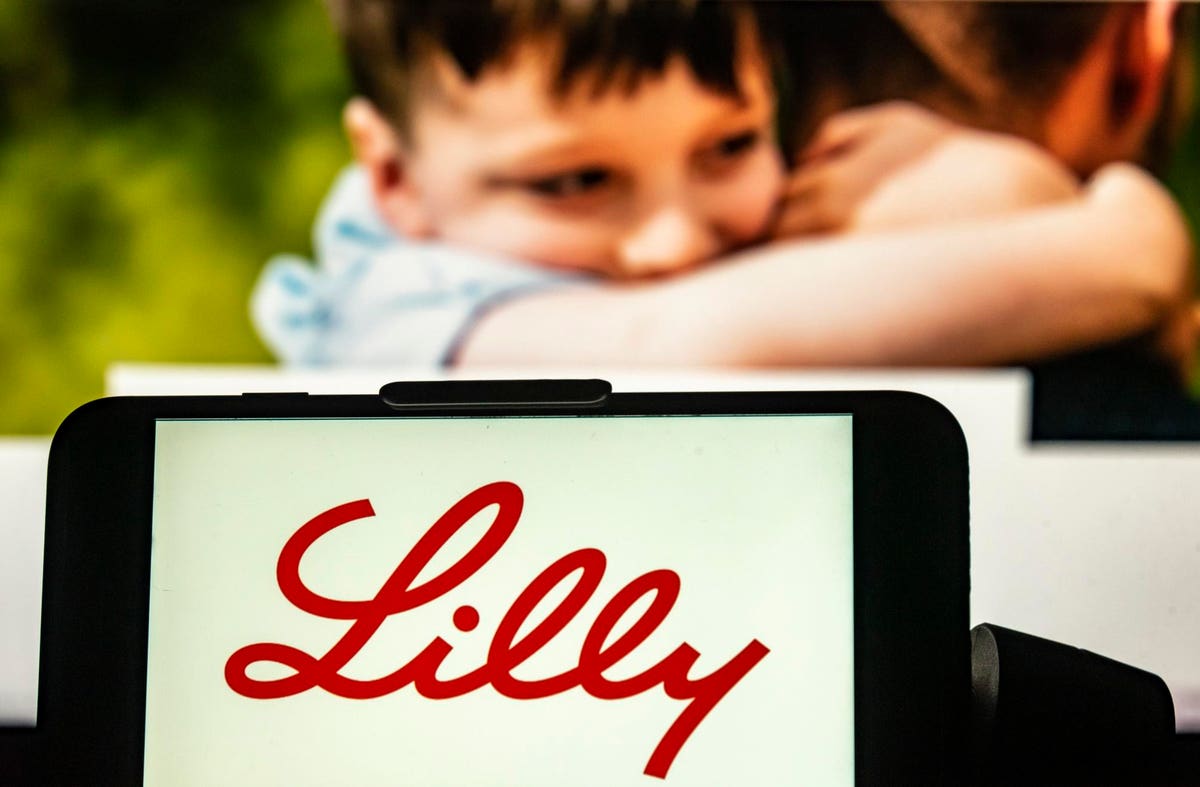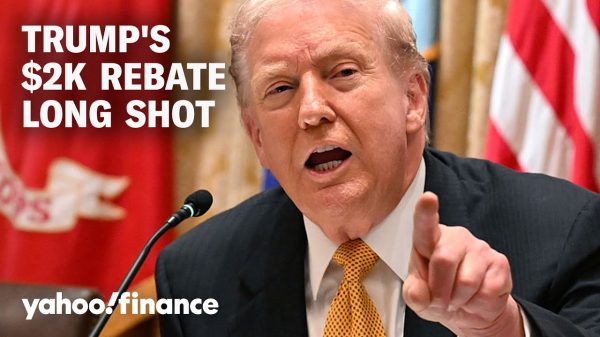Eli Lilly stock (NYSE: LLY) currently trades at $459 per share, roughly 150% above its level in March 2021, and its valuation looks stretched now, in our view. LLY saw its stock trading at around $324 in late June 2022, just before the Fed started increasing rates, and is now 40% above that level, outperforming the broader S&P 500, which gained about 16% during this period. The recent surge in LLY stock can be attributed to optimism around the company’s pipeline, including its Alzheimer’s treatment – Donanemab – with a peak sales potential of $10 billion. Eli Lilly’s diabetes drugs – Jardiance and Synjardy – were recently approved to treat type 2 diabetes in children, expanding their market size.
Investors are now eyeing Eli Lilly’s new obesity drug – Retatrutide – which recently showed weight loss of 24% after 48 weeks, marking the best results so far for any obesity drug. The company is awaiting approval for another obesity drug – Mounjaro – that targets two obesity-related hormones – GLP-1 and GIP. Retatrutide targets three obesity-related hormones, including glucagon. [1] Eli Lilly’s obesity drugs could garner over $25 billion in peak sales. However, Eli Lilly is not the only one developing obesity drugs. Nova Nordisk was the first to launch weight loss treatments – Wegovy and Ozempic, and Pfizer is also working on a similar drug that targets obesity-related hormones. Pfizer recently announced that it would stop developing one of the obesity experimental drugs – Lotiglipron – which could bode well for Eli Lilly.
Investors have rewarded these positive developments for Eli Lilly in the recent past. Our detailed analysis of Eli Lilly’s upside post-inflation shock captures trends in the company’s stock during the turbulent market conditions seen over 2022. It compares these trends to the stock’s performance during the 2008 recession.
2022 Inflation Shock
Timeline of Inflation Shock So Far:
- 2020 – early 2021: Increase in money supply to cushion the impact of lockdowns led to high demand for goods; producers unable to match up.
- Early 2021: Shipping snarls and worker shortages from the coronavirus pandemic continue to hurt supply.
- April 2021: Inflation rates cross 4% and increase rapidly.
- Early 2022: Energy and food prices spike due to the Russian invasion of Ukraine. Fed begins its rate hike process.
- June 2022: Inflation levels peak at 9% – the highest level in 40 years. S&P 500 index declines more than 20% from peak levels.
- July – September 2022: Fed hikes interest rates aggressively – resulting in an initial recovery in the S&P 500 followed by another sharp decline.
- Since October 2022: Fed continues rate hike process; improving market sentiments help S&P500 recoup some of its losses.
In contrast, here’s how LLY stock and the broader market performed during the 2007/2008 crisis.
Timeline of 2007-08 Crisis
- 10/1/2007: Approximate pre-crisis peak in S&P 500 index
- 9/1/2008 – 10/1/2008: Accelerated market decline corresponding to Lehman bankruptcy filing (9/15/08)
- 3/1/2009: Approximate bottoming out of S&P 500 index
- 12/31/2009: Initial recovery to levels before accelerated decline (around 9/1/2008)
Eli Lilly and S&P 500 Performance During 2007-08 Crisis
LLY stock declined from $58 in August 2008 (its pre-crisis peak) to around $29 in March 2009 (as the markets bottomed out), implying that it lost about 50% of its pre-crisis value. It recovered post the 2008 crisis to levels of around $36 in early 2010, rising over 20% between March 2009 and January 2010. The S&P 500 Index saw a decline of 51%, falling from levels of 1,540 in September 2007 to 757 in March 2009. It then rallied 48% between March 2009 and January 2010 to reach levels of 1,124.
Eli Lilly’s Fundamentals Over Recent Years
Eli Lilly’s revenue rose from $22.3 billion in 2019 to $28.5 billion in 2022, driven by continued market share gains for some of its drugs, including Trulicity, Verzenio, Jardiance, and Covid-19 antibodies. While Covid-19 antibodies sales are now declining, the company secured U.S. FDA approval for its diabetes drug – Tirzepatide – last year. It is expected to garner over $5 billion in peak sales.
Eli Lilly’s operating margin has also expanded from 21.8% in 2019 to 25.3% in 2022. Our Eli Lilly Operating Income Comparison dashboard has more details. The company’s reported earnings decreased from $8.93 in 2019 to $6.93 in 2022 due to certain one-time inclusions. On an adjusted basis, EPS grew from $6.04 to 7.94 over the same period.
Does Eli Lilly Have A Sufficient Cash Cushion To Meet Its Obligations Through The Ongoing Inflation Shock?
Eli Lilly’s total debt increased from $15.3 billion in 2019 to $16.2 billion in 2022, while its total cash decreased from around $2.4 billion to $2.2 billion over the same period. The company garnered $7.1 billion in cash flows from operations in 2022. Given its cash position, Eli Lilly appears well-positioned to meet its near-term obligations.
Conclusion
While the Fed’s efforts to tame runaway inflation rates are helping market sentiment, we believe Eli Lilly stock is now fully valued with its positives priced in. The stock will surely see more upside in the event of regulatory approvals for its pipeline drugs, but its valuation appears to be stretched. LLY stock trades at 15.7x sales vs. the last five-year average of 8.3x. Our Eli Lilly Valuation Ratios Comparison dashboard has more details. It usually takes a few years for a drug to reach its peak sales potential after the regulatory approvals. Eli Lilly still has a long road ahead with its potential blockbuster drugs, including Donanemab and Mounjaro.
What if you’re looking for a more balanced portfolio instead? Here’s a high-quality portfolio that’s beaten the market consistently since 2016.
Invest with Trefis Market Beating Portfolios
See all Trefis Price Estimates
Read the full article here









